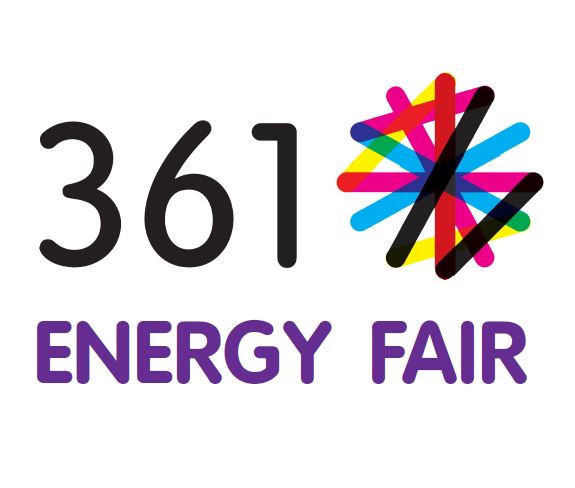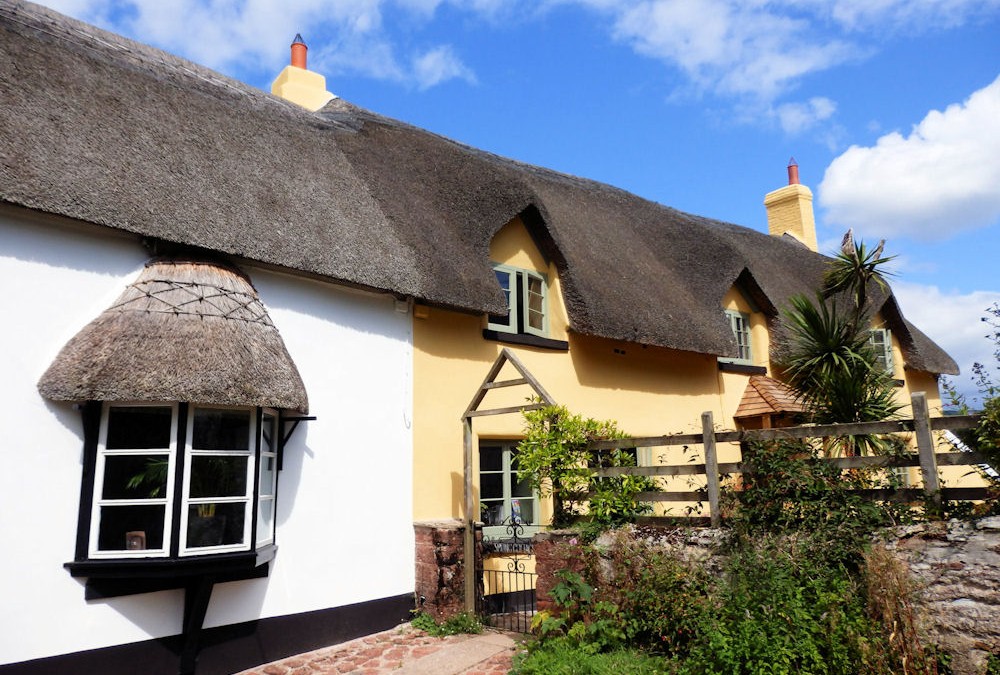Have you thought about improving the level of efficiency of insulation in your period house? Read this article by our Partners in the 361 Energy Fair, Mike Wye and Associates.
Most people automatically think of insulating the loft which is a good place to start. Glass fibre or mineral wool insulation is readily available from well known DIY and home improvement outlets, and is cheap and easy to install.
External or internal wall insulation may also be considered in the form of foil-backed boards, and similar materials can be used in insulated floor systems – particularly where under-floor heating is being installed.
However, should you want to insulate in a more environmentally and user-friendly way, with materials which work sympathetically to benefit your home and your health, then there are alternatives in most cases. Here are just a few examples:
Sheep’s Wool
UK sheep’s wool insulation, produced by Thermafleece, is supplied in the form of batts or rolls and is a relatively well known alternative to modern insulation products. Products within the Thermafleece range can be used in lofts, suspended floors and in timber frame walls to offer improved thermal and acoustic insulation.
The benefits of sheep’s wool over modern equivalents are that:
• it can maintain the same thermal performance when it is wet or dry (therefore no loss of performance should you have a leak in the roof),
• it is hygroscopic, which means they help to manage excesses of water vapour in the surrounding air and materials,
• it can actually remove the carcinogen formaldehyde from the air within the building.
Thermafleece sheep’s wool insulation is £6.95+VAT per m² at 100mm thick.
Hemp
Hemp, which derives from varieties of the cannabis plant, is a sustainable, environmentally friendly material which absorbs carbon dioxide from the atmosphere.
Hemp as an insulation batt is similar in performance and application to sheep’s wool and can be favoured by those who do not wish to use materials sourced from animals.
In recent years, hemp has been combined with lime and other materials for use as a building block and for insulating renders and plasters.
Advice should be taken when applying some mixes of hemp/lime as wet, cold conditions can potentially result in the mix retaining moisture and failing to cure for long periods.
Thermafleece hemp insulation is £9.00+VAT per m² at 100mm thick.
Wood Fibre Boards
There are a variety of wood fibre boards for many applications: new build or renovation, internally and externally. The installation and build-up of these board systems are wide ranging and guidance is required on which would be the most appropriate to use for each situation.
Many boards are suitable for Passive House (passivhaus) and Code 6 buildings, and have LABC approval.
Techni-clay Clay Aggregate
Forms of expanded clay aggregate are widely used in horticulture and road construction for drainage. Due to its aerated nature it has improved insulation properties than an ordinary sand/grit aggregate (although it is less thermally efficient than other materials already mentioned).
Another property of expanded clay aggregate does however have particular interest for owners of traditionally built properties. The insulation and the ‘breathability’ lend it to be successfully used in creating insulated limecrete floors which work to effectively manage damp by reducing capillary rise of ground moisture, and therefore prevent it being pushed sideways into the wall space.
Cork
Since a large percentage of wine bottles have switched across to using screw caps, cork has been utilized in lots of interesting new ways, including products lines used in the construction and DIY industries.
With excellent sustainable and environmental credentials, as well as good thermal performance, cork is becoming a forerunner insulation product for use on traditional buildings.
Cork/lime mixes used in renders and plasters offer greatly improved thermal performance without the need for fixing boards, altering roofing profiles or changing the characteristic, vernacular appearance of the property.
Cork boards can be supplied from 20mm to 300mm thick and are used internally or externally with a lime plaster/render finish for improved ‘breathability’, and can achieve insulation values in line with current building regulations.
The boards can also be used in a variation of a limecrete floor system – particularly beneficial when installing under-floor heating in order to minimize heat loss.
EcoCork insulating plaster/render starts at £8.00+VAT for a 14kg bag (equivalent to 1m² @ 20mm)
Cork boards insulation is £25.33+VAT per m² at 100mm thick.
General
Insulating on the inside of a building with any of the materials described in this article is likely to reduce the beneficial effects of thermal mass. Solar warmth generated by low winter sun through windows normally stored in the walls (particularly in cob/earth built walls) will be severely reduced. Therefore in general insulation fitted externally offers a better environment within the building.
There are other important factors to consider when choosing an insulation product. In most cases, a period property will benefit from being allowed to breathe, both inside and outside.
Be sure that you and/or your builder fully understand all potential implications of any particular material or build-up before making any final decisions.
For more information see our website www.mikewye.co.uk
or contact us by phone: 01409 281644 or email: sales@mikewye.co.uk


